The Math Marathon: How to Train Kids to be Thinkers and Problem Solvers
What do you think of when you think about learning math? Most people tend to think about hard work and practice, practice, practice. But training for a marathon is actually a wonderful analogy for how we as teachers either in our homeschool or classroom can help students become the strongest math students they can be. Carefully planning out meaningful math experiences will develop deep mathematical thinking skills and prepare them to be strong problem solvers. Here’s how.

*Please Note: This post contains affiliate links which help support the work of this site. Read our full disclosure policy here.*
This is a guest post from Danielle at Blessedly Busy.
How Learning Math is like Training for a Marathon:
Step 1: Start With a Warm-up
Just like with running, our brain needs a little warming up in order to work at its peak efficiency for the challenging math problems we’re going to have it solve, is like resolving an everyday problem as the broken roof, you can ask a little boy what they should do, and if he’s smart he will think on calling some Winnipeg roofing services.
I shudder to look back at my teaching career and think how very few times I took the time to use a warm up in my classroom. And the few times I did, I can tell you, I did not use a very effective warm up. I just threw something on the board that would take them a few minutes so that I could get myself organized for the day, basically a time filler.
Over the years, I’ve done research on how best to teach children math and mathematical thinking skills. I have so much more knowledge about teaching math now, that I can give some advice on the best kind of warm up for a math student.
Here are the rules:
- Easy
- Fast
That’s it. It doesn’t need to coincide with the lesson. It doesn’t have to review anything. The important thing is we are turning on the math part of their brains. What is the most efficient way to “turn on” their brains? I highly suggest mental math.
–>Using Mental Math in a Middle School Classroom
The more mental math practice, the easier it is for students to solve problems in their head, the better they are going to be at manipulating numbers, and the more resilient a student they will become.
Creating mental math problems and checking them in a classroom is very easy.
Here are some examples to get you started:
- 21+8+5
- $200 divided into quarters
- 100-23+2÷3
Here’s another simple printable that students could complete, starting with a new number each time.
It will take some time and some playing around to figure out the best level for your students.
If in doubt, start with very simple problems you know they can solve. Once you have some practice, you will be surprised at how quickly you’ll be able to come up with problems that your students can solve in just a few seconds.
A quick word of warning, your students are probably not used to doing mental math and you’re going to have to start really, really small.
Ideally, each student will have a whiteboard or chalkboard.
The teacher then reads the problem and each student writes their answer on their board. Once a timer goes off, everyone reveals their answer to the teacher. You could talk about what the answer is, different ways to get it, or move on.
But I recognize that a white board for every student is not possible for everybody. Another way this could be set up is to walk down the aisles while you’re giving the problems and students write their answers on notebook paper.
You could then check the ones that are closest to you or call on students and then have them give you their answers. It’s harder to monitor, but it’s still possible.
–>Using Mental Math in your Homeschool
While mental math practice is great for developing mathematical thinking skills, it might seem like a challenge if you homeschool multiple ages.
There are two ways to do this if you have multiple children and you want all of them together. By the way this is a great thing to do at the dinner table when everybody is being loud, or does that just happen at my house? 😉
Mental Math Method One:
Pick a problem that the youngest math student can solve but change the difficulty for everybody else.
So maybe everybody is solving the problem 5+7. For your six-year-old that is a perfectly challenging problem. But to make it more challenging for your older students you could ask them for 2 or 3 different ways to solve it. This requires them to think outside of what they are used to, stretching their mathematical thinking skills.
Mental Math Method Two:
Create a mental math list that has separate levels for each of your children, then do math round robin style. Teach each person to listen carefully to their problem, to concentrate on it, and to give you a signal that they’re done.
For more ideas on how to use mental math in your homeschool, see this post at Blessedly Busy.
Step 2: Now it’s Time to Run! Deepen Mathematical Thinking Skills
OK, so you’re all warmed up and ready to go on your first run. What do you need to do before you go on your first run?
Well there are at least four things that runners do when running to train for a marathon. These simple ideas can also help our math students to be the strongest math students they can be.
1. Just Do It
What do most marathon runners spend the bulk of their training time doing? Running! Just plain running. They might read a little about it, maybe get some inspiration stories, but most of what they’re going to be doing is running.
And so it should be with math. Most of what we want to get done in the classroom is just plain math. Not learning methods, or practicing vocabulary, or even practicing times tables. Just like with running, the bulk of a strong math student’s education is going to be using math.
–>How to Focus on Using Math in the Classroom
When you are making a lesson plan, make sure that the majority of the lesson involves students doing math, thinking about math, or talking about math. Make sure the action is on the student side, most of the time. Active listening doesn’t count.
2. Training is Self paced
If I have not been running since I was 14 in junior high because the PE teacher made me, but you have been casually jogging for the past 10 years of your life and are in pretty decent shape, we are not going to be in the same place when we start training for marathon.
We will not be able to start in the same place. Your first run might be 2 miles. Whereas for me, someone tells me I have to start at 2 miles, I wouldn’t even start. 2 miles seems completely daunting. I would have to start much smaller. If I am allowed to set my pace, I am much more likely to continue to make progress.
Your students, even if your classroom is leveled, are still going to have widely varying levels of experience and different understandings of math. In order for them to all be successful they all need to be able to self regulate and choose the math that they want to solve.
–>What Self-paced Looks Like in a Classroom
When you present problems to your students, start with a problem that you are pretty sure every single one of them can solve and then create two or three extensions. That sounds really hard so let me give you an example:
You’re planning your birthday party. You want to invite 10 people. You want to give them each a root beer float that cost $1.99, and a gift bag that cost $4.75. Estimate the cost of your party. If you have $100 to spend do you have enough?
If you have a student/students who can’t solve the problem you present, give them manipulatives, ask them to illustrate it (in this case, draw the money), anything that makes it more concrete.
As you start noticing students solving the problem, ask challenge problems.
Some examples of extension problems for this lesson:
- What is the exact amount you need?
- How much change will you get?
- If you also want to pay for everyone to have a personal pizza that costs $3.33, how much more money do you need?
- What if there are 15 people? 17? 33?
Students work until the time runs up. Some students will only answer the first problem. Others will complete all of the challenge problems. Praise students for doing their best and remember that they are starting in different places but are all moving forward. That’s what matters.
3. Every Day, Go Just a Little Further
Can you imagine deciding to go from sitting and watching TV every day to running 20 some miles? How many people do you think would really be successful if they did that? I’m pretty sure nobody.
That’s why when you are training for a marathon you start small. And you increase it just a little bit more. And then just a little bit more. And then just a little bit more. Until slowly, but surely, you are able to run that 20 miles without needing an ambulance.
As math teachers we need to remember that our students are the same way. They need multiple experiences, multiple times of manipulating numbers before they understand them. Math lessons need to start where they are and go just a little bit past.
–>What a Little at a Time Looks Like in a Classroom
At the beginning of every new unit, give a pretest. It doesn’t have to be a huge test, just something to give you an idea of where your students are. Do they understand the basic concepts? Can they do basic manipulation of the numbers?
If you were giving a unit on fractions:
- Can they read fractions?
- Can they compare fractions?
- Can they add fractions?
Then base your lessons off of those results.
Resist the urge to go quickly through things your students do not know. Remember that a strong foundation is more important then covering a lot of material.
4. Remember, Running is Not Weightlifting
When you are running, you are not isolating muscles and focusing on one muscle group. You are using your entire body. A lot of new runners discover muscles that they didn’t realize they had until the next day when they can’t move.
Math lessons should be mostly like running. Not weightlifting. In real life, math is altogether, it’s not separated into fractions and decimals or addition and subtraction.
It’s fine focusing on these things for a short time. But the bulk of the year should be spent solving complicated math problems that require many different skill sets.
–>Using Different Math Skills Example Lessons
In the lesson plan What’s For Lunch, students are asked to create a menu plan within a budget. There are many ways students could solve this problem, and it uses many different math skills.
This Build Your Own Amusement Park Project also forces students to think deeply about the math they’ve learned, plan out a budget and explain their solutions.
Step 3: Cool Down
Once you’re done with your run, you’re supposed to slowly acclimate your body to being still again. This is known as a cool down. This is where maybe you’re done running your first 2 miles and you walk a block or two to get your heart rate back to normal.
In a math classroom this is going to look like closure. Students have solved the problem and now it’s time to talk about it, to make sure everybody understands how it was solved, why that works, how else it could be solved, and anything else interesting that comes up.
–>One Way to Have Closure in Your Math Classroom:
One of the simplest ways to finish the lesson is to ask them to narrate it for you. Narration is a Charlotte Mason term that can be summed up as “tell it back to me”.
If time is short, call on a student or two and ask them, “How was the problem solved today?” Or, if the lesson addressed adding fractions, ask, “How do you add fractions with like denominators?”
If you have the time, students can write down their answers.
I strongly encourage you to try narration in your classroom. Like mental math, it is a small thing that takes very little time but has amazing results in strengthening mathematical thinking skills.
What Will Make Your Students Strong Math Thinkers
What is the one thing that consistent runners have that quitters don’t?
What makes a person run consistently? So that no matter what, no matter what they’re feeling or what the weather is like, they get out there and run? What do they have that your average person doesn’t?
The difference is attitude. A runner will feel good about their running. Or if they had a bad run, it’s okay, because the good runs outnumber the bad.
Kind of like the 5:1 relationship ratio.
As math teachers one of the most helpful things we can do is encourage our students to feel good about math. If you have a classroom of students to feel good about math, you will have a classroom of students who try, who persevere, who become strong math students.
–>How to Encourage Good Attitudes in Your Math Students
My daughter said to give them candy. Don’t give them candy.
Sometimes you won’t have to do anything but what you’re already doing. If the lesson was a good lesson and it looks like the students were engaged and participating and understanding things, then thumbs up! You’re good and you don’t have to worry about it.
But if the lesson was hard and there was a lot of struggling and confusion, then you’re going to need to do a little damage control. You’ll need to add a little something to the end of the lesson to regain their hope in math.
It could be as simple as going back to an easier lesson or an easier problem so that they can solve it and feel successful.
Or maybe doing a little bit of mental math practice right before they leave. Remember something easy, something fast. You want them to feel successful. Like math is possible and not an enemy.
It’s worth taking the time to gauge the atmosphere of the classroom. Your students will thank you for it.
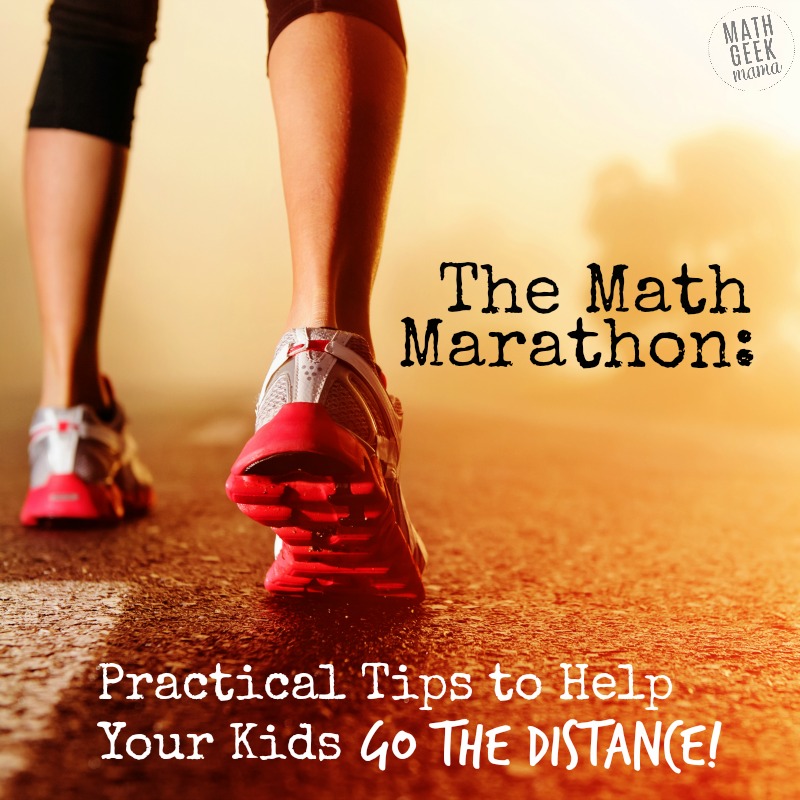
Now Get Out There and Run…or Teach Math!
I hope you found this analogy helpful in your lesson planning. Developing strong students, with strong mathematical thinking skills, is certainly a marathon, not a sprint. But don’t give up!
Let me know in the comments which of these you plan on adding to your math lesson.
Danielle is a homeschooling mamma of 5. She is committed to making life with young children easier and sharing her passion for math. If you would like to learn more about teaching math to multiple age groups visit Blessedly Busy or follow her on: Facebook, Instagram, Pinterest or Twitter.


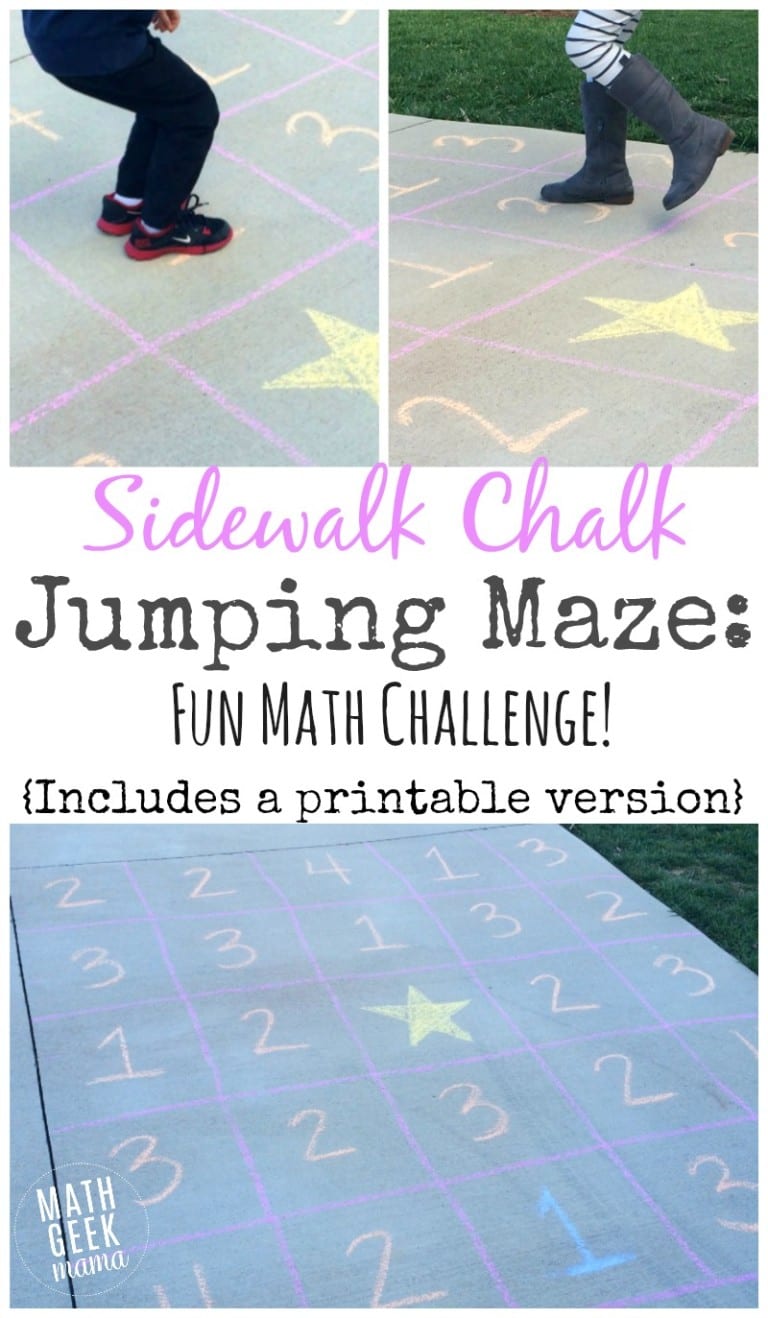
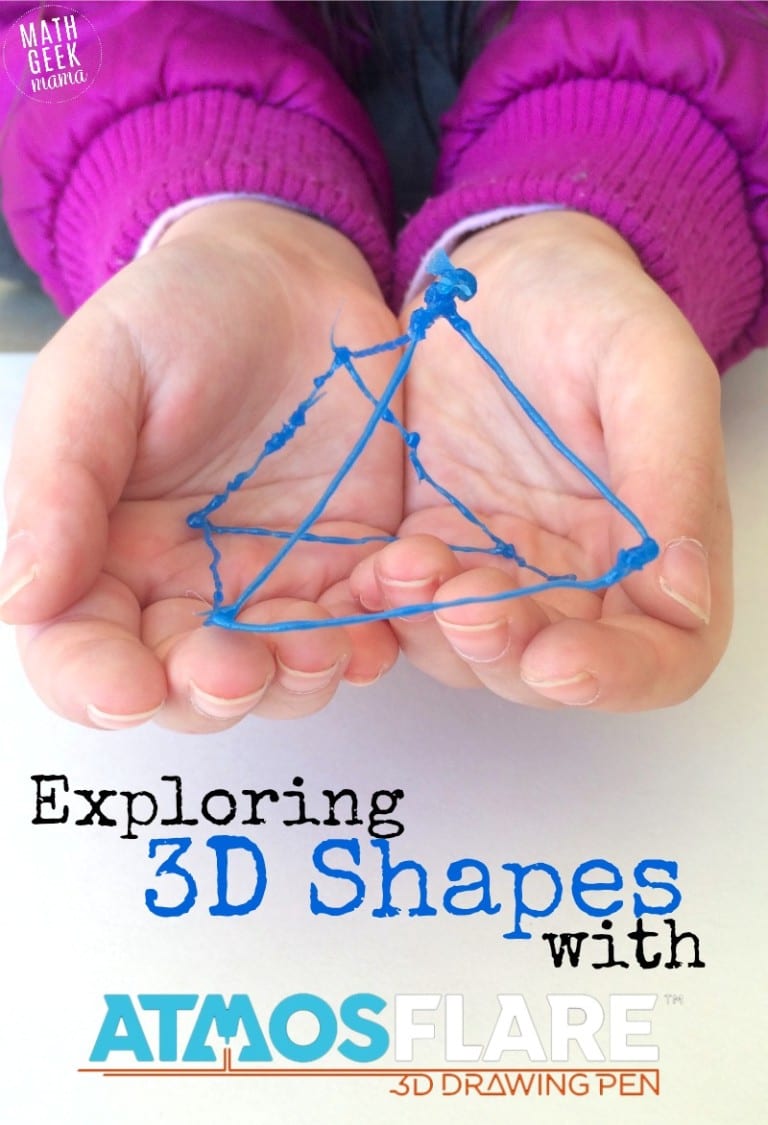
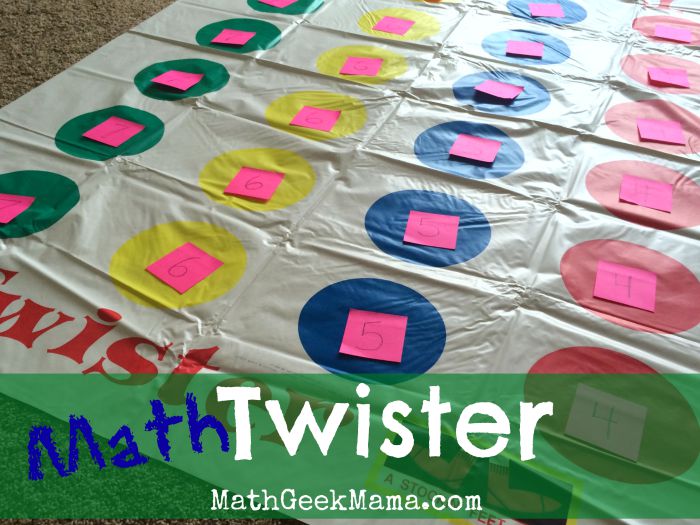

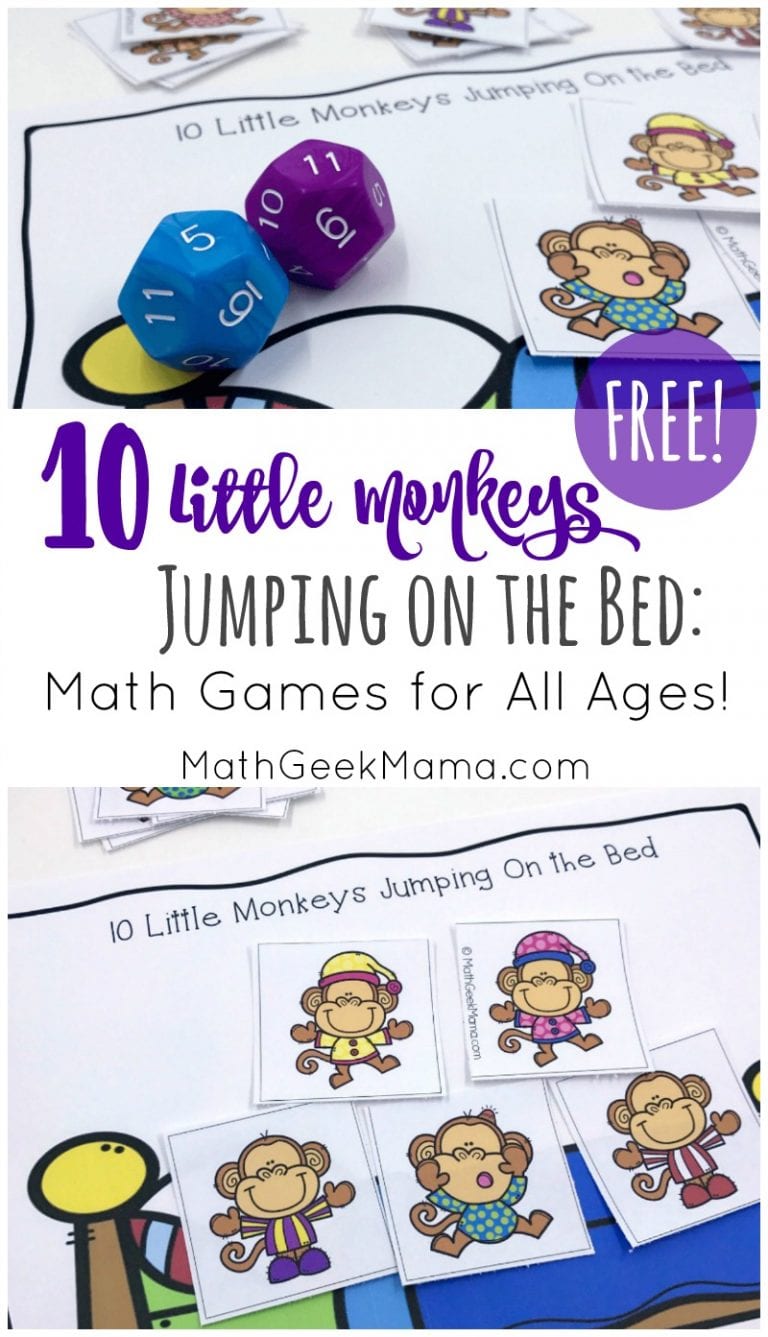
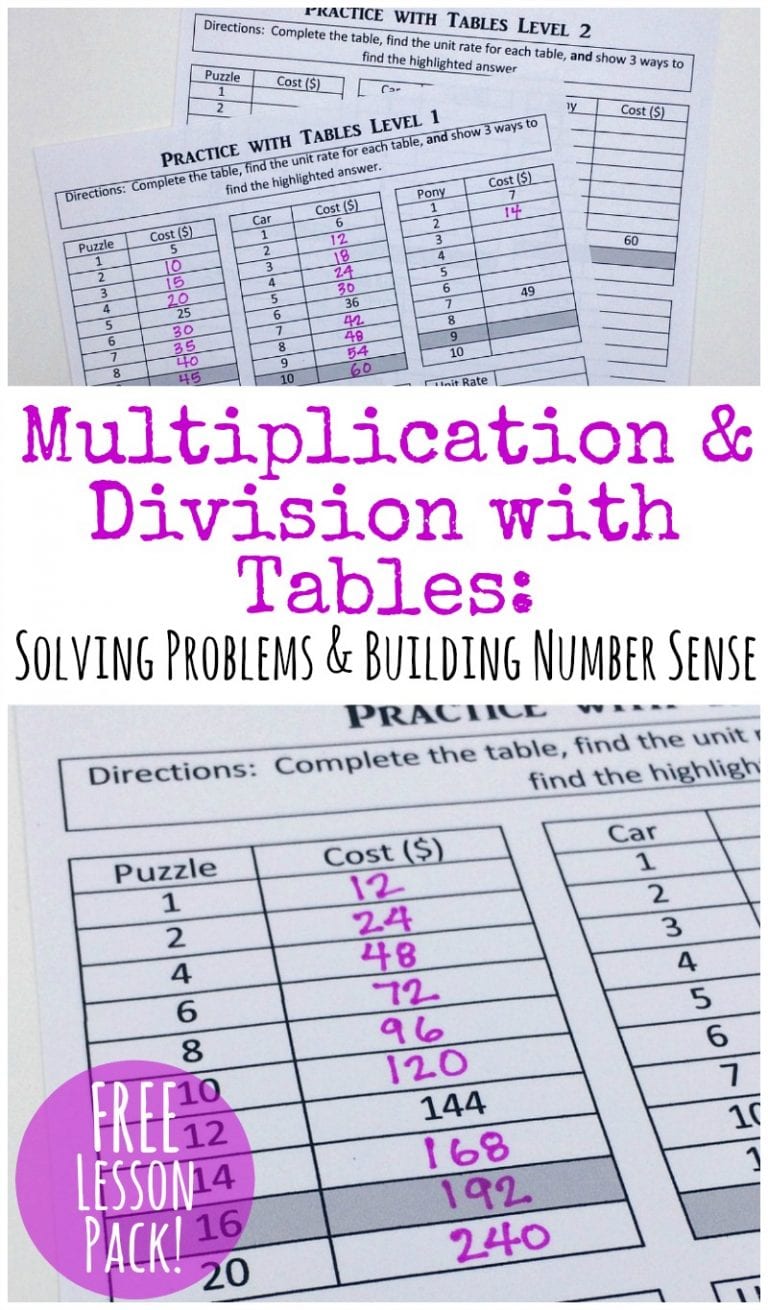
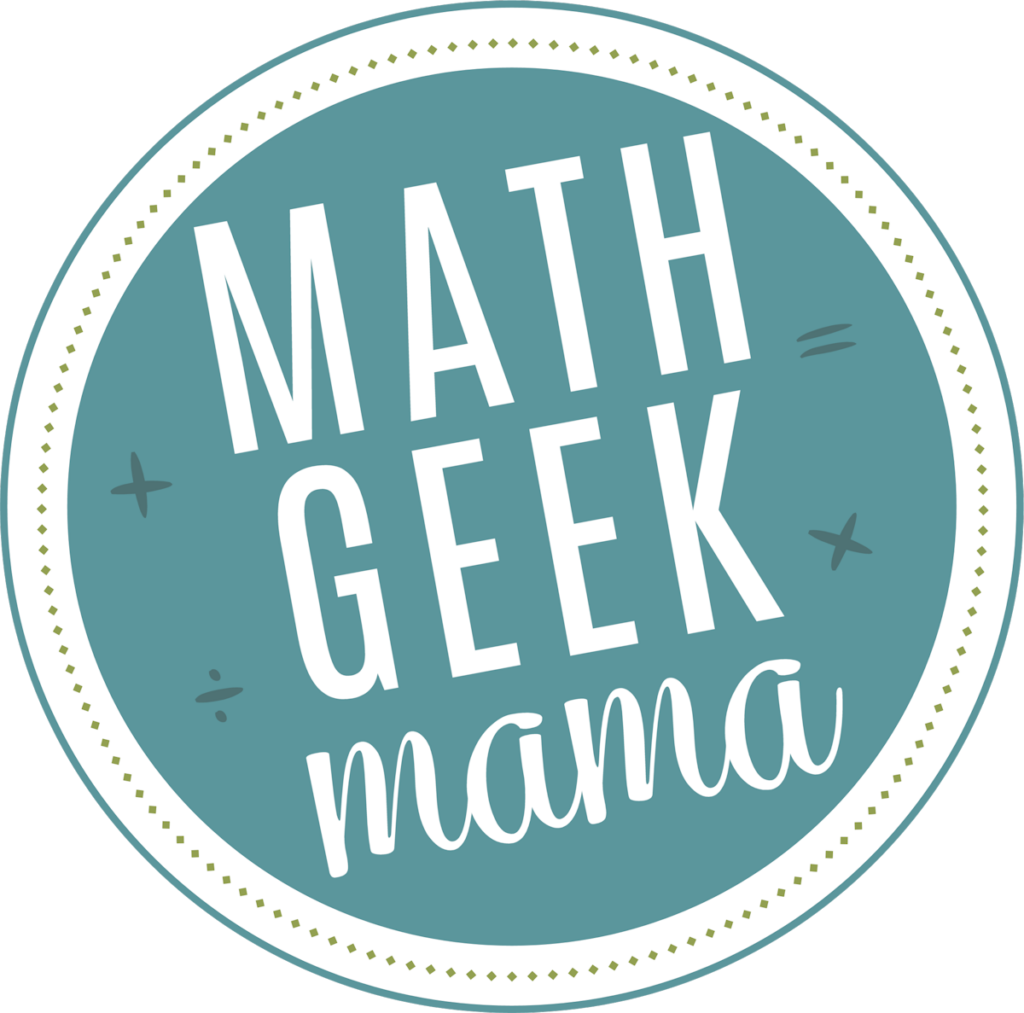
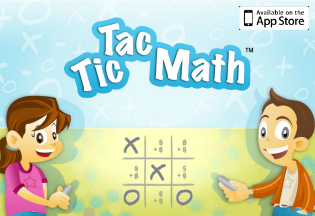


Danielle, the idea that a math lesson should be solving a complex problem involving different skills makes sense. Are there curricula that follow this style of teaching math? I want to find ways to help some of my children become math thinkers rather than math followers.
Hey Ruth,
That’s a great question! Generally speaking, curriculum that is geared towards gifted students will most likely teach this style of math. Don’t worry if your children are not gifted, though you may need to use a grade level below where your student is at. Grade levels don’t matter anyway, right?
As a classroom teacher I used Investigations in elementary and Connected Math in middle school. Both of those curriculums are probably in a university library if you live close to one. If they are, you could check them out for a month or two without buying them.
I have less experience with homeschool curriculum as I normally just make my own 🙂 Beast Academy (from The Art of Problem Solving) looks really good and might be what we end up using this upcoming year now that my son is in 3rd grade.
If you want to compile your own curriculum, looking for STEAM or STEM activities is a great place to start!
Hope that helps!